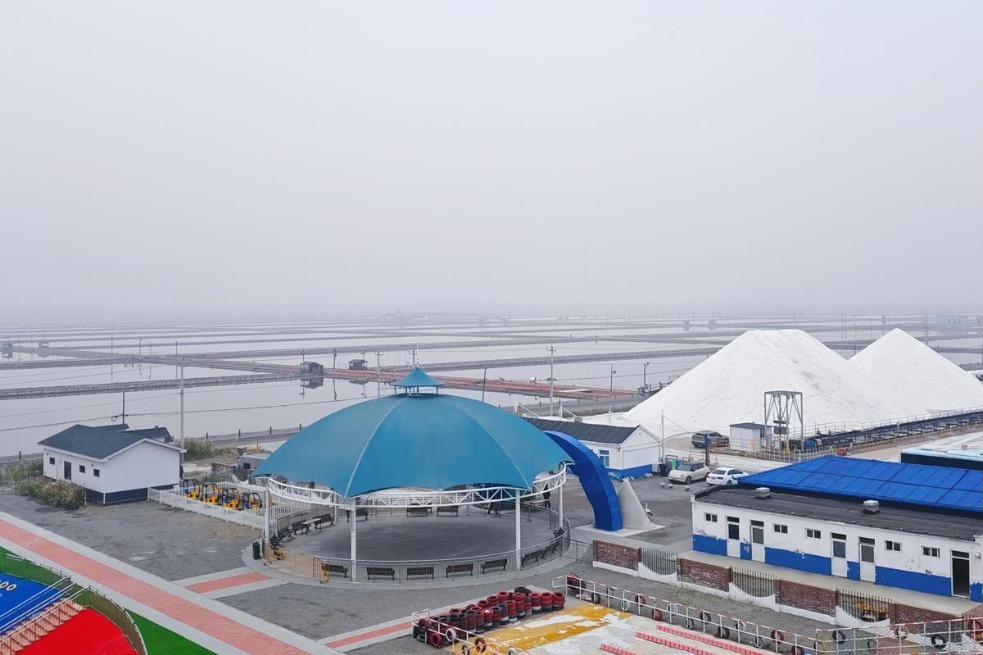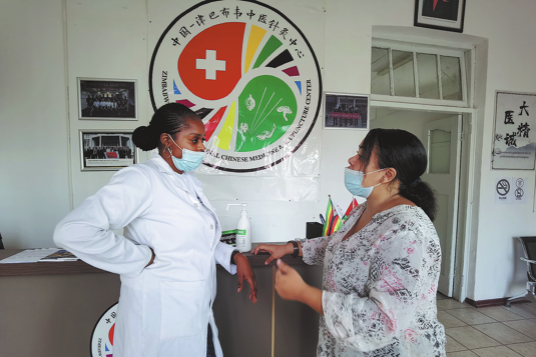Climate forecasts warn of challenges

In December, a NASA study showed that major breadbasket regions will face distinct human-made climate risks sooner than had previously been anticipated.
It said new projections indicate that the emergence of climate impacts will consistently occur earlier in several main production regions before 2040.
"Wheat (yield) results are more optimistic, while maize, soybean and rice results are decidedly more pessimistic," said the study, called "Climate Impacts on Global Agriculture Emerge Earlier in New Generation of Climate and Crop Models", which was published in the journal Nature Food.
Climate change affects agricultural productivity worldwide, driven largely by warmer mean and extreme temperatures, altered precipitation regimes, drought patterns and elevated concentrations of atmospheric carbon dioxide, the study said.
"Carbon dioxide effects are among the largest sources of uncertainty inflating the range of crop model projections by the end of the century, but they must be reflected in plausible future yield projections," the study said.
It added that the analyses shed new light on the projected effects of elevated levels of carbon dioxide, which had been neglected in many previous studies that mainly focused on direct temperature responses.
Furthermore, a report released by the UN Food and Agriculture Organization in March last year showed that urgent efforts are required to build disaster-, disease- and climate-resilient agricultural systems capable of improving the nutrition and food security of present and future generations.
The report-"The Impact of Disasters and Crises on Agriculture and Food Security: 2021"-said that compared with industry, commerce and tourism taken as a whole, agriculture on its own bears a disproportionate share of 63 percent of the damage and loss from disasters.
The impact of drought is borne almost exclusively by agriculture. More than 34 percent of crop and livestock production losses in the least-developed nations and low- and middle-income countries can be traced to drought, costing the sector $37 billion overall. Floods, storms, pests and diseases, and wildfires also pose major problems.
In the report's foreword, Qu Dongyu, the organization's director-general, said that extreme events such as drought, floods, storms, tsunamis, wildfires, pests and outbreaks of disease "exert a heavy toll on agriculture and all its sectors".
"Their growing frequency and intensity, along with the systemic nature of risk, are jeopardizing our agri-food systems. The least-developed countries and lower-income countries are often among the most affected, with cascading consequences for value chains, food security and even national economies… Resilience and disaster risk reduction, therefore, must become an essential and integral part of modern agri-food systems," he said.
The UN report said the establishment of an improved system for assessment of disaster-related damage and agricultural losses is a step in the right direction.
Interventions-such as risk-monitoring and early warning systems, emergency preparedness, reduction of vulnerability, shock-responsive social protection, risk transfers and forecast-based financing-should be tailored to the systemic risk landscape of the new decade, it said.
Local and national governments, financial institutions and the international development community should adopt these measures as the new normal and embed them in improved risk governance in the environment-food-health system nexus, according to the report.
- Aircraft carrier Fujian, commissioned
- Erdos offers 10,000 yuan subsidy for families having third child
- Qingdao conference promotes fair and rational global economic order
- China commissions CNS Fujian in Hainan province
- Beijing launches program to foster international entrepreneurship
- China starts construction of water diversion project to quench thirst of metropolis



































